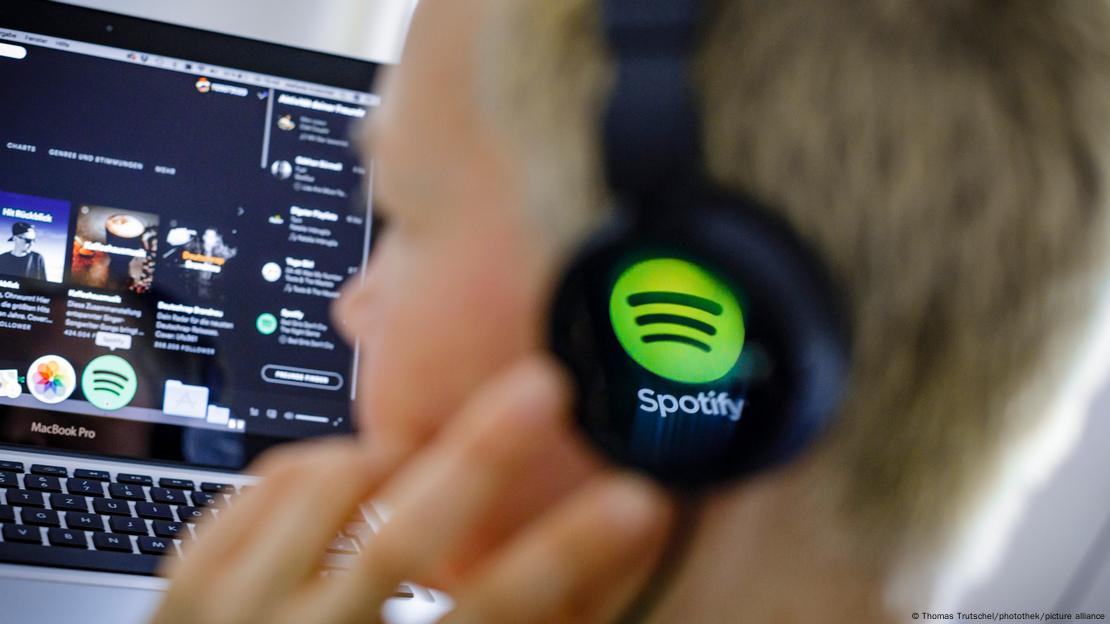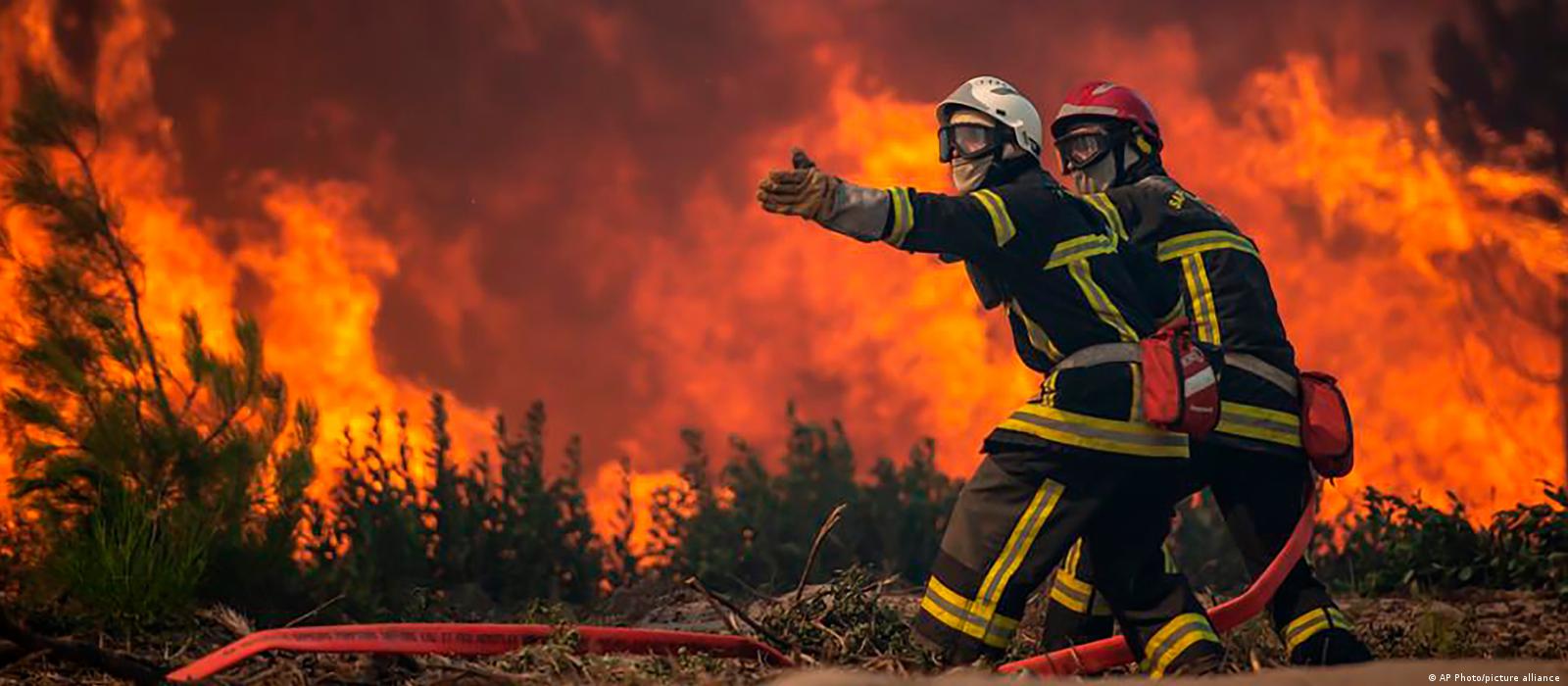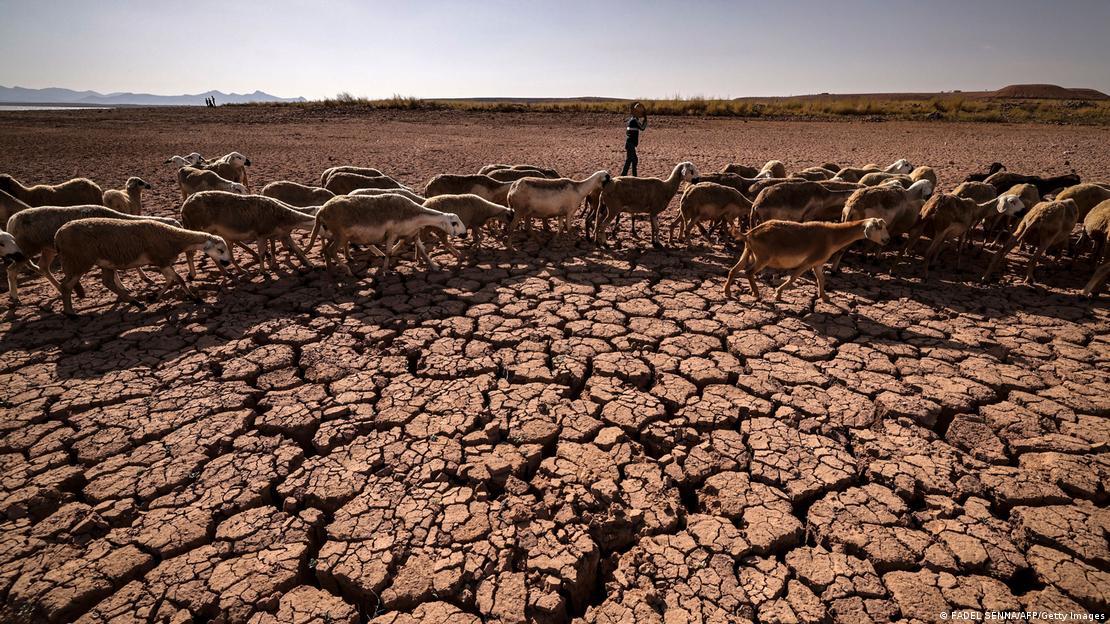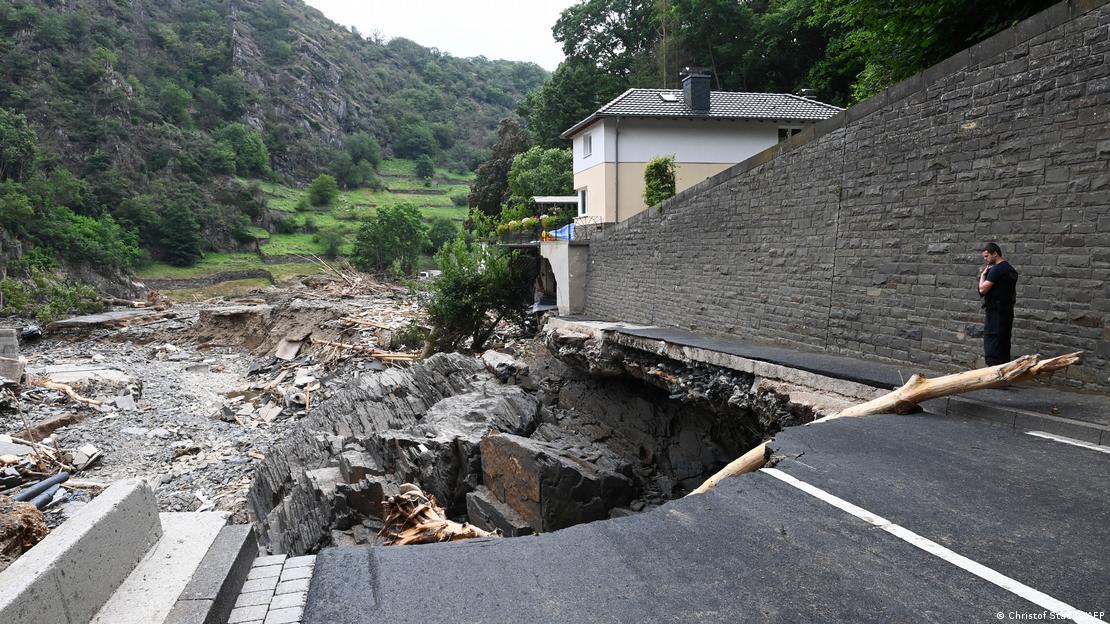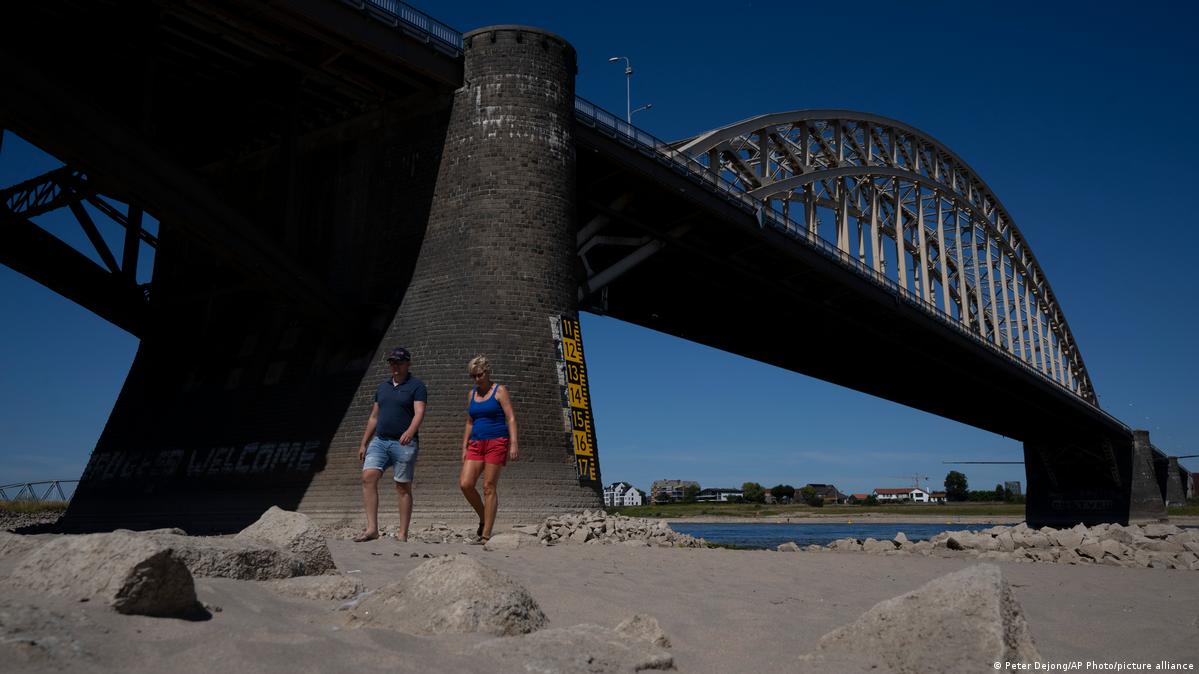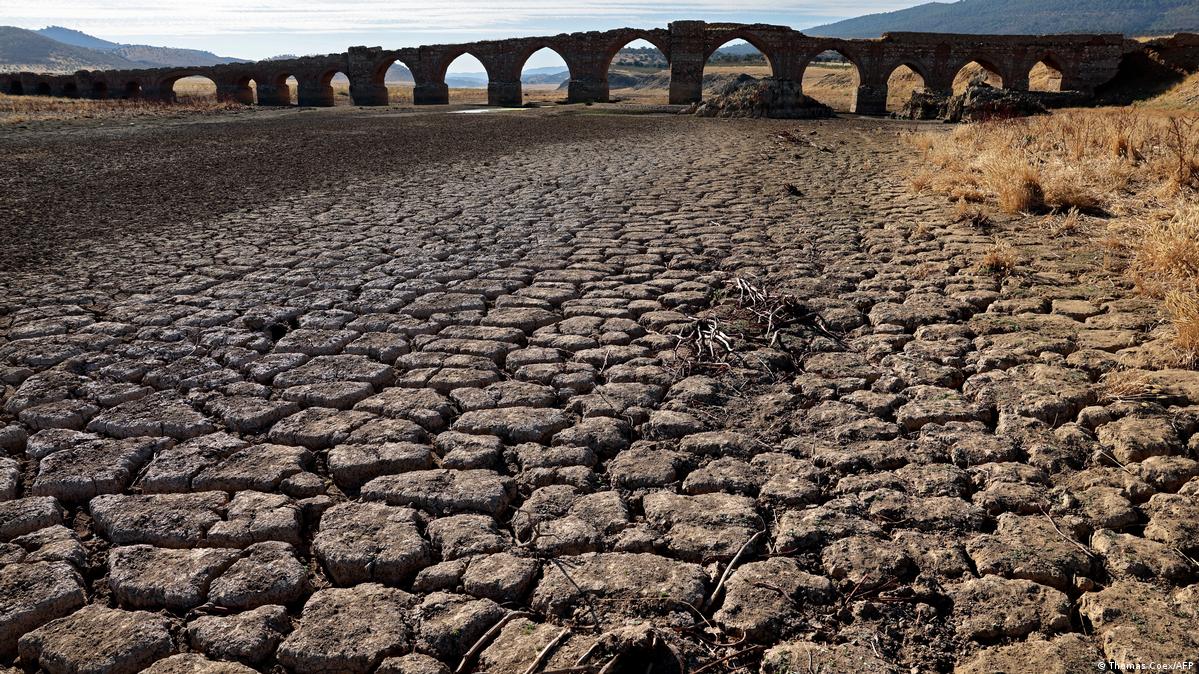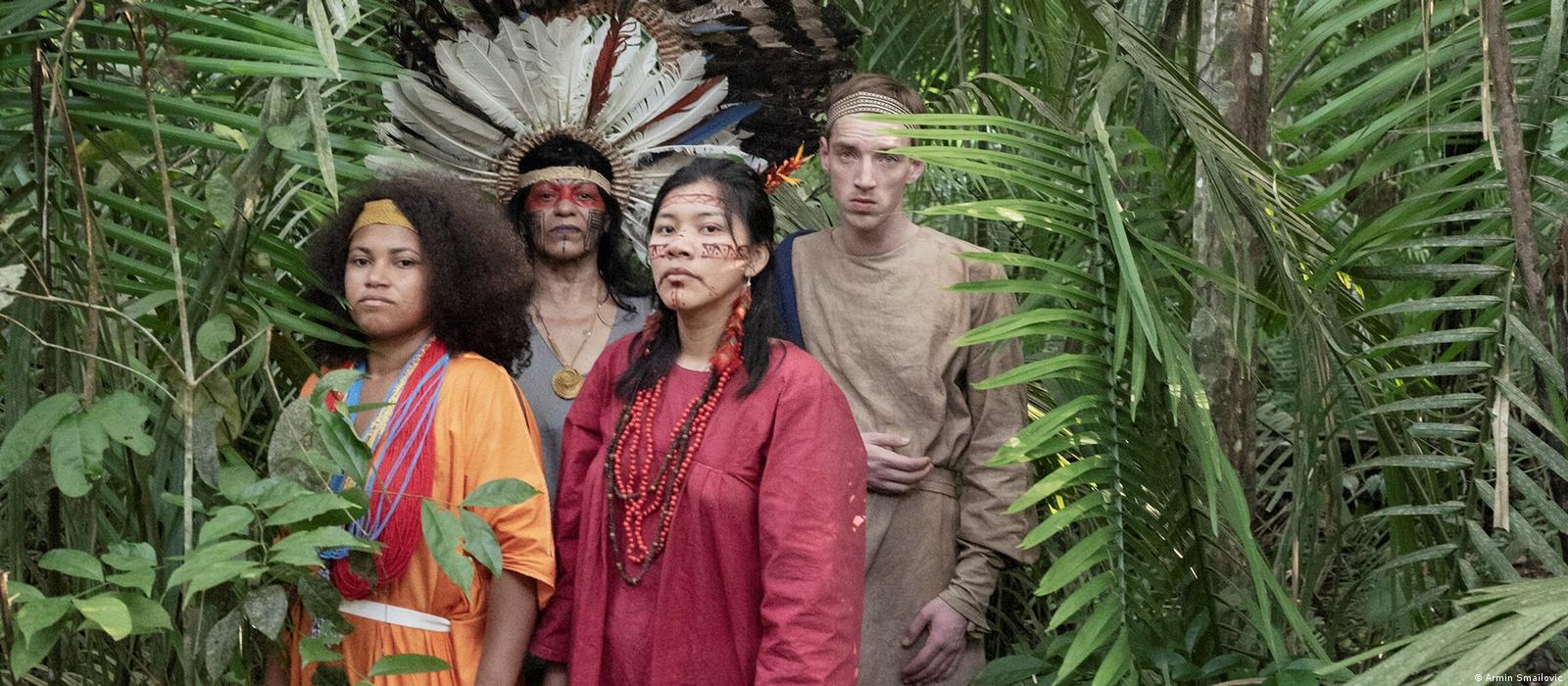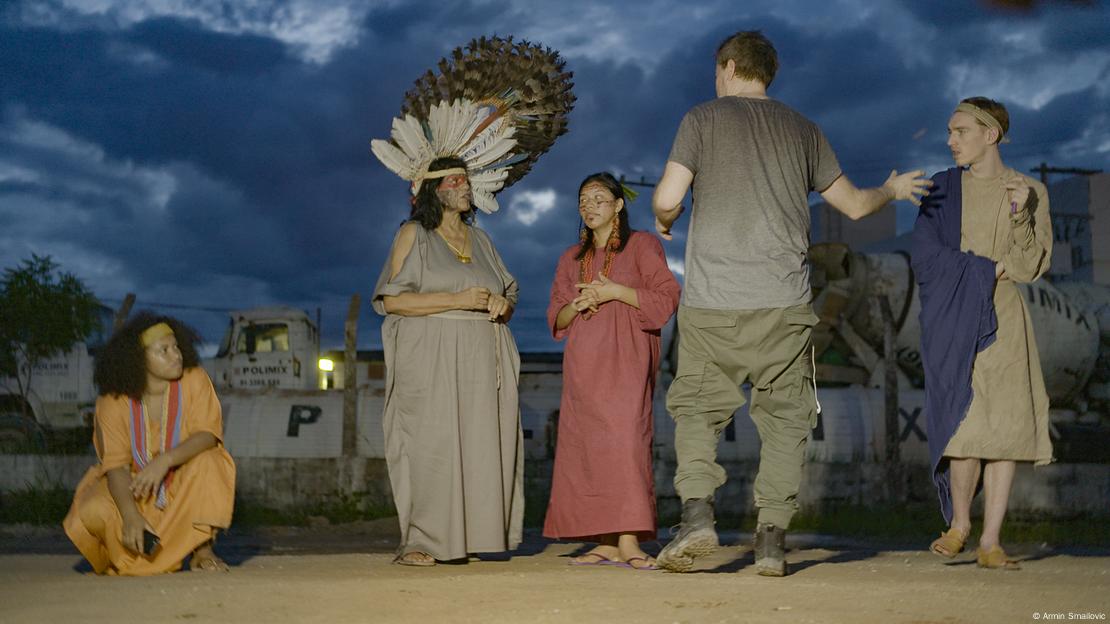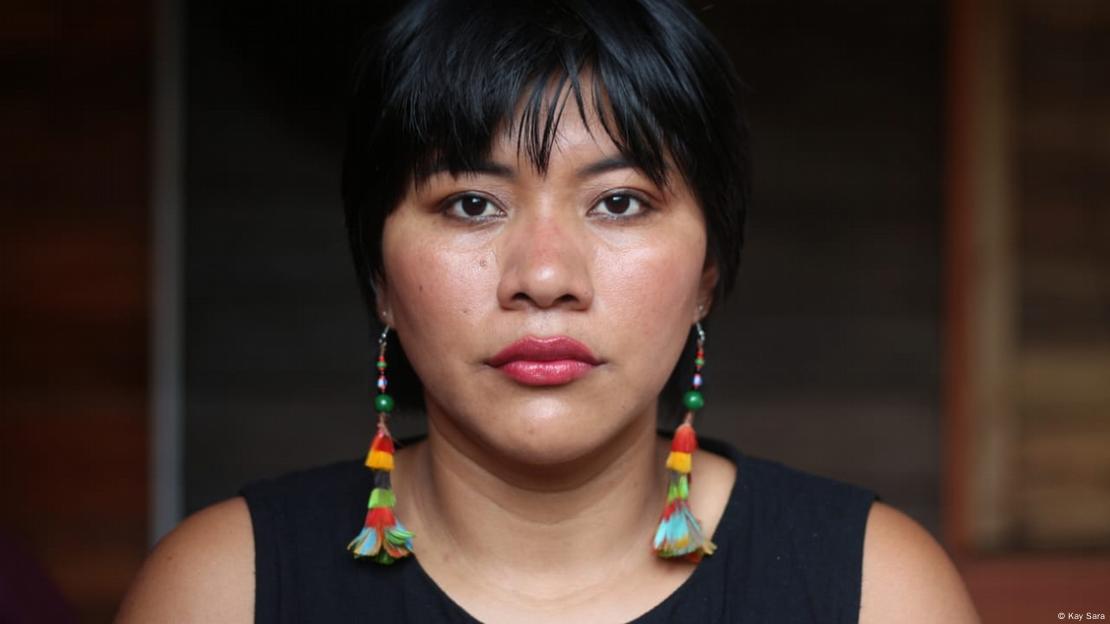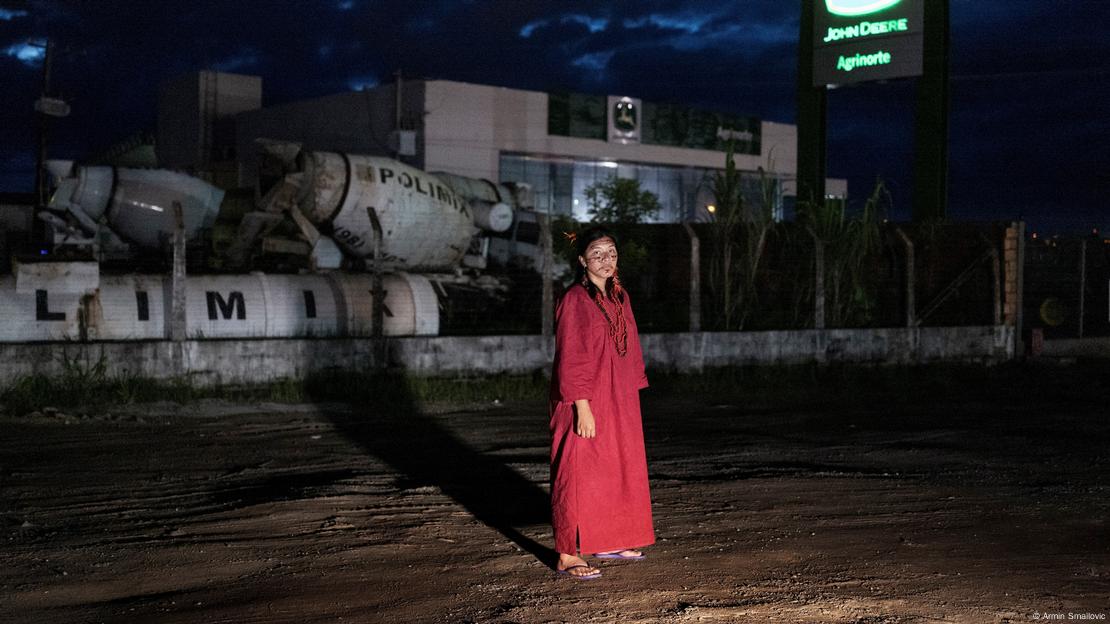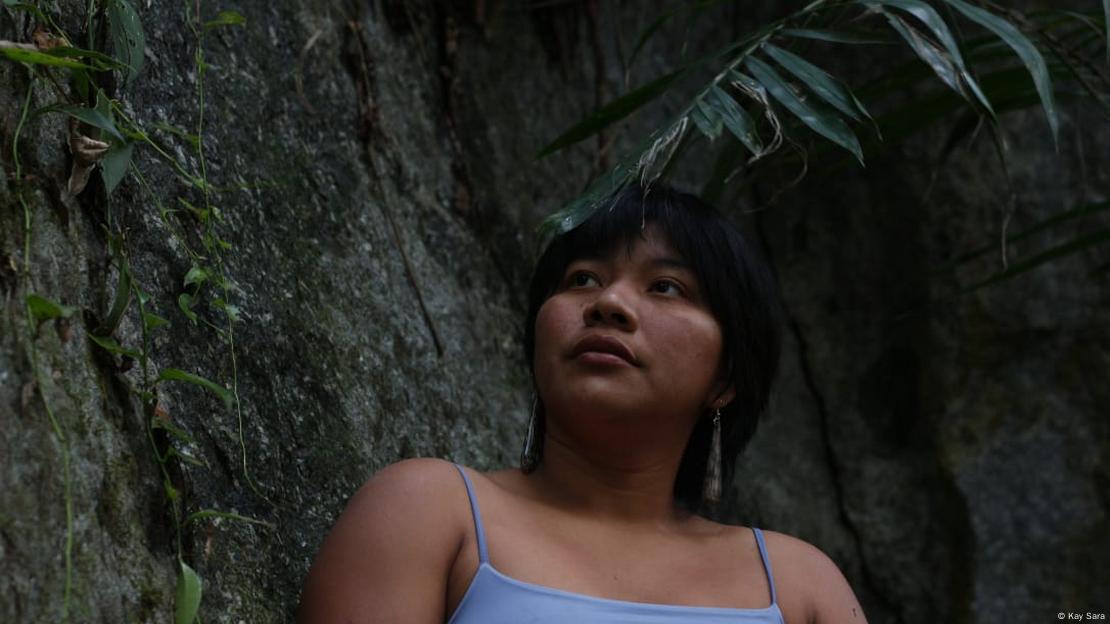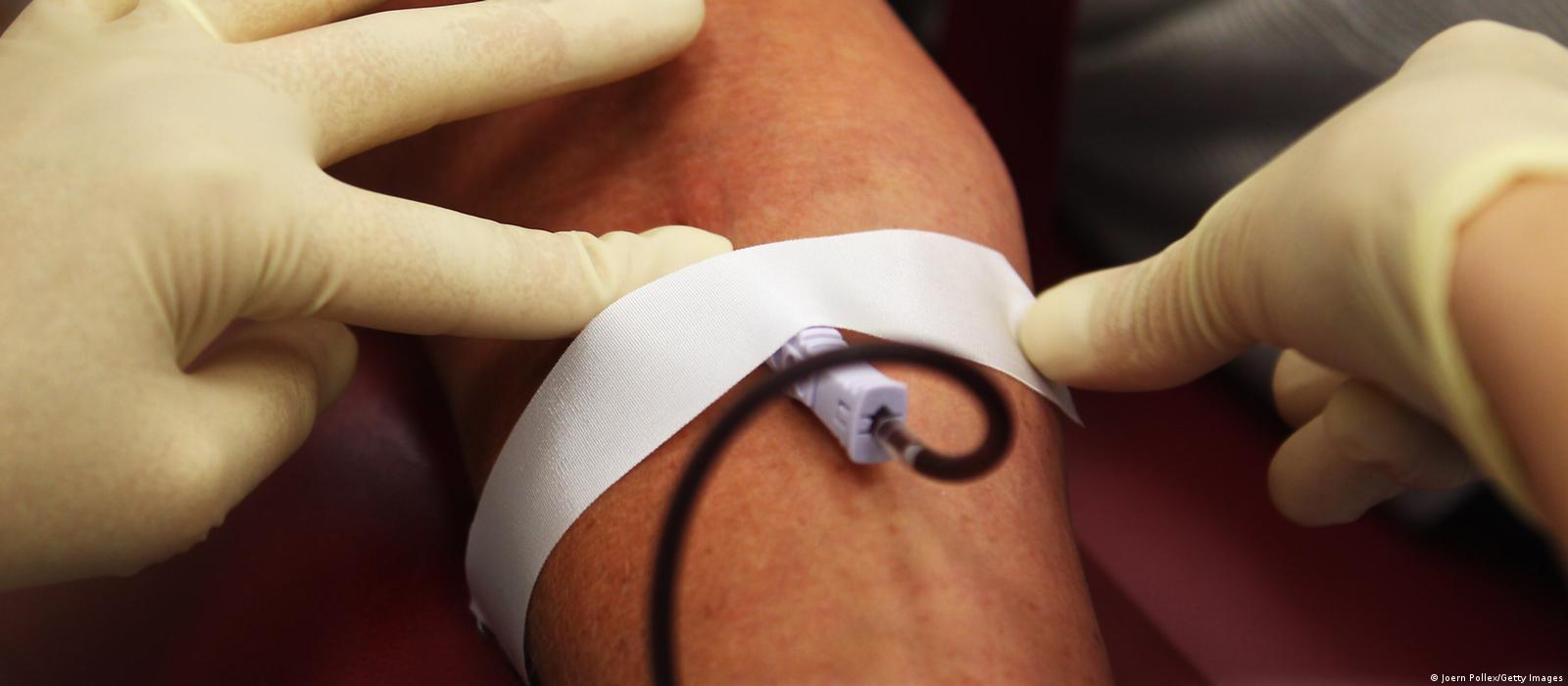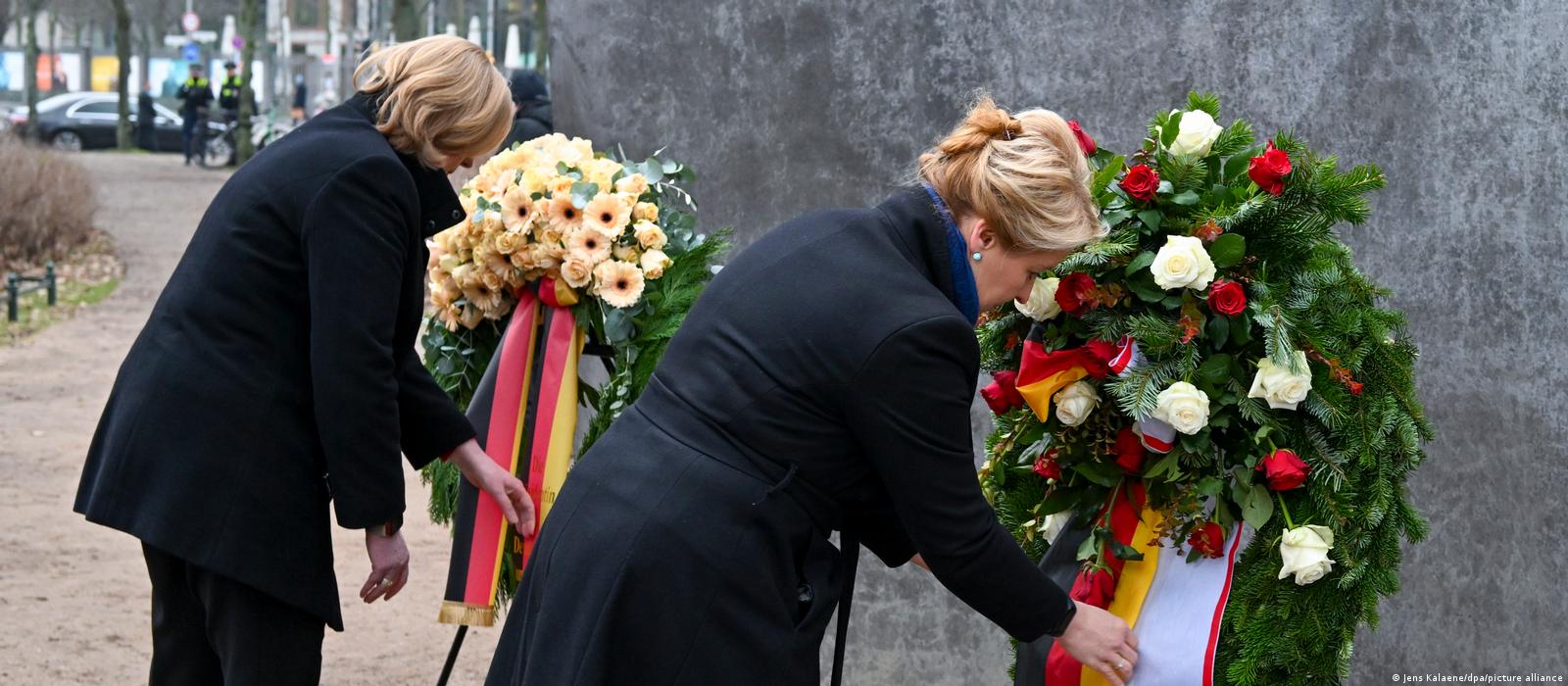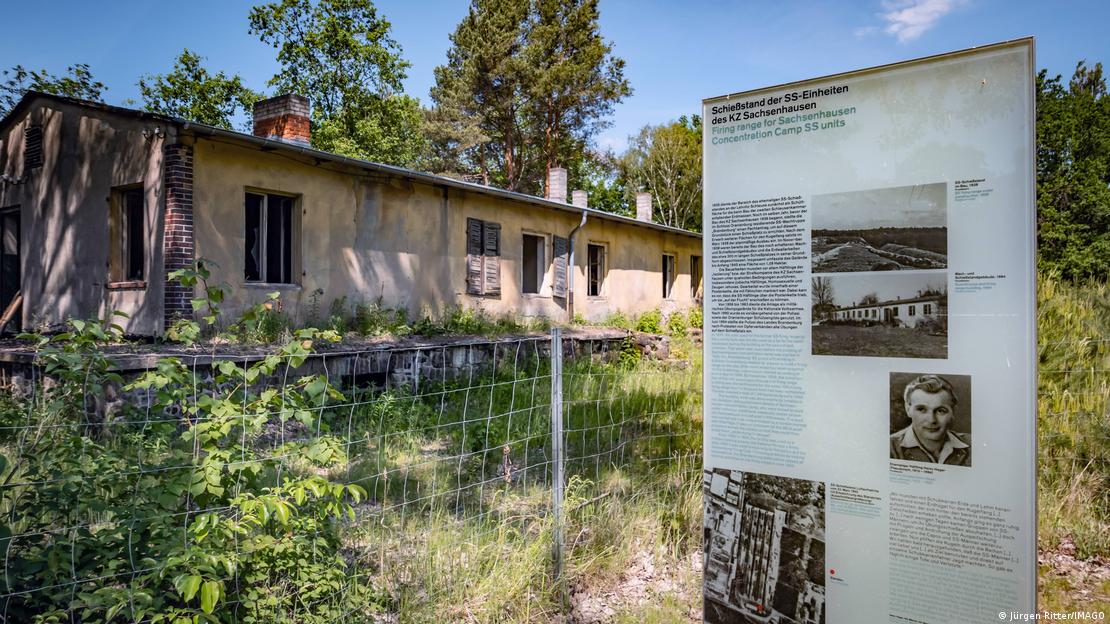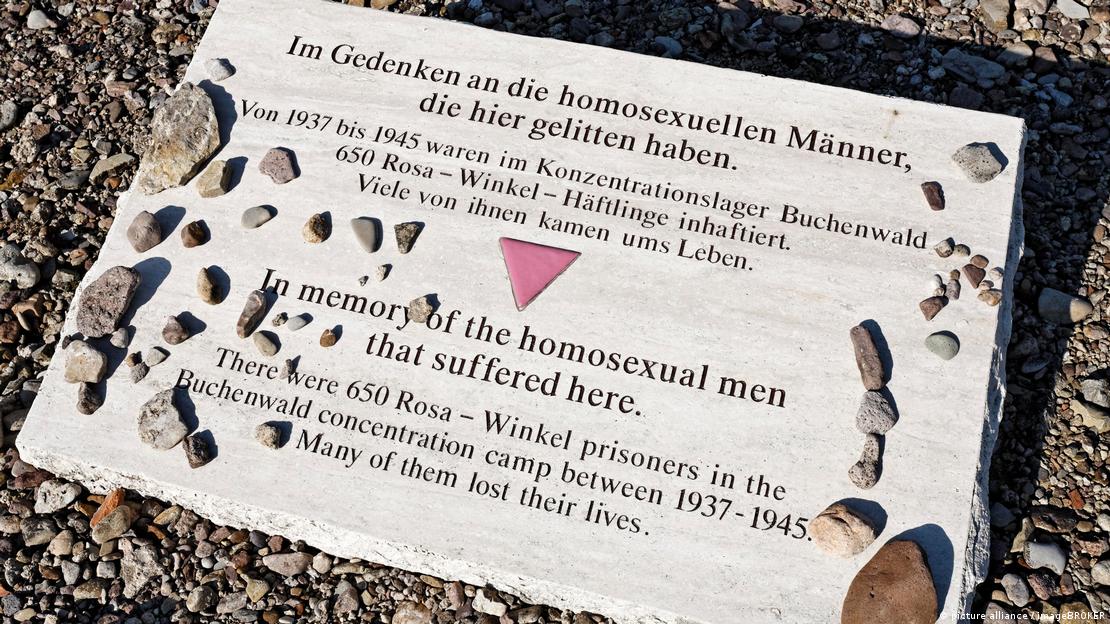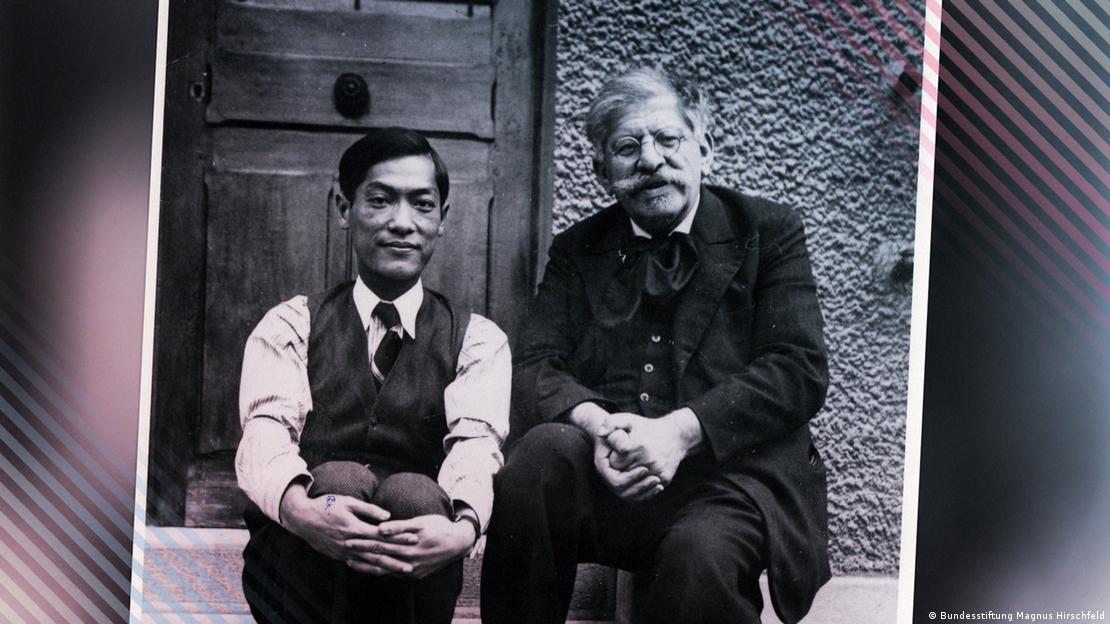Peru Congress rejects president’s request to hold early elections
Issued on: 28/01/2023 -
Peru's Congress rejected on Saturday a request by embattled President Dina Boluarte to bring forward elections to December 2023, as protests that have killed dozens rage on against her leadership.
The South American country has been embroiled in a political crisis with near-daily protests since December 7 when former president Pedro Castillo was arrested after attempting to dissolve Congress and rule by decree.
Demanding that Boluarte resign and call fresh elections, Castillo supporters have erected roadblocks on highways, causing shortages of food, fuel and other basic supplies. The government said it will soon deploy police and soldiers to clear the roadblocks.
Lawmakers already agreed last month to bring forward elections from 2026 to April 2024.
In the face of relentless protests, Boluarte on Friday urged Congress to call the vote for December, describing the political crisis as a "quagmire."
But in a plenary session held during Saturday's early hours, Congress rejected the proposal, with 45 votes in favor, 65 against and two abstentions.
Leftist parties had demanded that the advancement of elections be accompanied by a constitutional convention -- something protesters have repeatedly called for.
"With this vote, the constitutional reform proposal for the advancement of elections is rejected," Congress president Jose Williams said, after more than seven hours' debate.
Following the vote, Williams received a request for "reconsideration", which could be debated on Monday in a new session, though it would be difficult to reverse the decision.
Protesters have demanded immediate elections, as well as Boluarte's removal, the dissolution of Congress and a new constitution.
"Nobody has any interest in clinging to power," insisted Boluarte.
"I have no interest in remaining in the presidency. If I am here it is because I fulfilled my constitutional responsibility."
As Castillo's vice president, Boluarte was constitutionally mandated to replace him after he was impeached by Congress and arrested.
The US State Department said Friday it remained concerned about the violent demonstrations as it called "for calm dialogue and for all parties to exercise restraint and nonviolence," spokesman Vedant Patel told reporters.
'Everything is very expensive'
In seven weeks of protests since Castillo's arrest, 47 people have been killed in clashes between security forces and protesters, according to the Ombudsman's Office of Peru.
The autonomous human rights office said another 10 civilians -- including two babies -- were collateral fatalities when they were unable to get medical treatment or medicine due to roadblocks.
In southern regions, weeks of roadblocks have resulted in shortages of food and fuel.
"There's no gas, there's no petrol. In grocery stores all you get is non-perishables and everything is very expensive, up to three times the normal price," marketing employee Guillermo Sandino told AFP in Ica, a city 200 kilometers (125 miles) south of Lima that connects the capital to the south.
On Thursday, the defense and interior ministries announced that police and the military would soon move to clear the roadblocks.
Authorities said on Thursday that traffic was blocked in eight of Peru's 25 regions, which has also complicated medical treatment in some areas, with doctors unable to access needed medicines.
Some of the worst violence and highest death tolls have come when protesters tried to storm airports in the country's south.
Those southern regions with large Indigenous populations have been the epicenter of the protest movement that has affected Peru's vital tourism industry.
As well as blocking dozens of roads and forcing the temporary closure of several airports, protesters have placed rocks on the train tracks that act as the only transport access to Machu Picchu, the former Inca citadel and jewel of Peruvian tourism.
That resulted in hundreds of tourists being left stranded at the archeological ruins and many of them were evacuated by helicopter.
(AFP)
Issued on: 28/01/2023 -
Peru's Congress rejected on Saturday a request by embattled President Dina Boluarte to bring forward elections to December 2023, as protests that have killed dozens rage on against her leadership.
The South American country has been embroiled in a political crisis with near-daily protests since December 7 when former president Pedro Castillo was arrested after attempting to dissolve Congress and rule by decree.
Demanding that Boluarte resign and call fresh elections, Castillo supporters have erected roadblocks on highways, causing shortages of food, fuel and other basic supplies. The government said it will soon deploy police and soldiers to clear the roadblocks.
Lawmakers already agreed last month to bring forward elections from 2026 to April 2024.
In the face of relentless protests, Boluarte on Friday urged Congress to call the vote for December, describing the political crisis as a "quagmire."
But in a plenary session held during Saturday's early hours, Congress rejected the proposal, with 45 votes in favor, 65 against and two abstentions.
Leftist parties had demanded that the advancement of elections be accompanied by a constitutional convention -- something protesters have repeatedly called for.
"With this vote, the constitutional reform proposal for the advancement of elections is rejected," Congress president Jose Williams said, after more than seven hours' debate.
Following the vote, Williams received a request for "reconsideration", which could be debated on Monday in a new session, though it would be difficult to reverse the decision.
Protesters have demanded immediate elections, as well as Boluarte's removal, the dissolution of Congress and a new constitution.
"Nobody has any interest in clinging to power," insisted Boluarte.
"I have no interest in remaining in the presidency. If I am here it is because I fulfilled my constitutional responsibility."
As Castillo's vice president, Boluarte was constitutionally mandated to replace him after he was impeached by Congress and arrested.
The US State Department said Friday it remained concerned about the violent demonstrations as it called "for calm dialogue and for all parties to exercise restraint and nonviolence," spokesman Vedant Patel told reporters.
'Everything is very expensive'
In seven weeks of protests since Castillo's arrest, 47 people have been killed in clashes between security forces and protesters, according to the Ombudsman's Office of Peru.
The autonomous human rights office said another 10 civilians -- including two babies -- were collateral fatalities when they were unable to get medical treatment or medicine due to roadblocks.
In southern regions, weeks of roadblocks have resulted in shortages of food and fuel.
"There's no gas, there's no petrol. In grocery stores all you get is non-perishables and everything is very expensive, up to three times the normal price," marketing employee Guillermo Sandino told AFP in Ica, a city 200 kilometers (125 miles) south of Lima that connects the capital to the south.
On Thursday, the defense and interior ministries announced that police and the military would soon move to clear the roadblocks.
Authorities said on Thursday that traffic was blocked in eight of Peru's 25 regions, which has also complicated medical treatment in some areas, with doctors unable to access needed medicines.
Some of the worst violence and highest death tolls have come when protesters tried to storm airports in the country's south.
Those southern regions with large Indigenous populations have been the epicenter of the protest movement that has affected Peru's vital tourism industry.
As well as blocking dozens of roads and forcing the temporary closure of several airports, protesters have placed rocks on the train tracks that act as the only transport access to Machu Picchu, the former Inca citadel and jewel of Peruvian tourism.
That resulted in hundreds of tourists being left stranded at the archeological ruins and many of them were evacuated by helicopter.
(AFP)
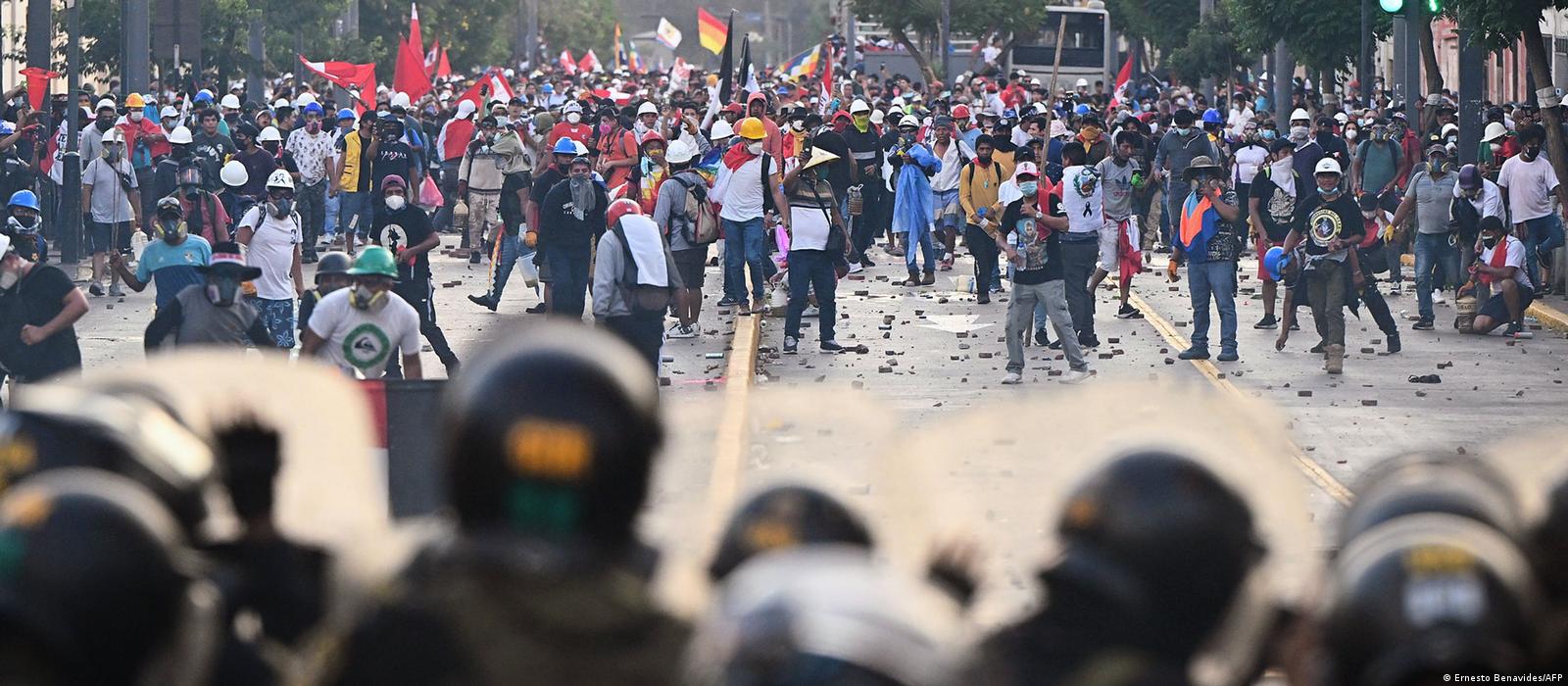
Chaos, violence and death: Peru's perilous state
Oliver Pieper
DW
12 hours ago
Protests in the South American country against President Boluarte are growing. The conflict threatens to drag Peru back into poverty, with tourism among the sectors that have been hardest hit.
In normal times, Alejandro Garcia would be scrambling up to Machu Picchu with a group of German tourists. There, in perfect German, the 39-year-old guide would explain the mysteries of the ancient Inca city. And the Peruvian would take his German guests to the perfect spot for a snapshot, with the impressive World Heritage Site as a backdrop. After all, his motto has always been to show his home country from its best side.
But these are not normal times in Peru. Quite the opposite, in fact: the country is in the midst of deadly protests.
"Defensoria del Pueblo," the state ombudsman for the protection of civil rights, says 63 people have been killed since the protests began in December.
Peru's tourism industry, which made more than €877 million ($953 million) in 2020, has suffered massive collateral damage as a result of the national crisis and now lies more or less fallow.
Caught in the middle is Alejandro Garcia, who tells DW: "Right now we are losing millions of soles [the national currency], but above all, our image in the world — which we spent years carefully cultivating — is suffering. We have no work and are living off what little we saved in 2022."
12 hours ago
Protests in the South American country against President Boluarte are growing. The conflict threatens to drag Peru back into poverty, with tourism among the sectors that have been hardest hit.
In normal times, Alejandro Garcia would be scrambling up to Machu Picchu with a group of German tourists. There, in perfect German, the 39-year-old guide would explain the mysteries of the ancient Inca city. And the Peruvian would take his German guests to the perfect spot for a snapshot, with the impressive World Heritage Site as a backdrop. After all, his motto has always been to show his home country from its best side.
But these are not normal times in Peru. Quite the opposite, in fact: the country is in the midst of deadly protests.
"Defensoria del Pueblo," the state ombudsman for the protection of civil rights, says 63 people have been killed since the protests began in December.
Peru's tourism industry, which made more than €877 million ($953 million) in 2020, has suffered massive collateral damage as a result of the national crisis and now lies more or less fallow.
Caught in the middle is Alejandro Garcia, who tells DW: "Right now we are losing millions of soles [the national currency], but above all, our image in the world — which we spent years carefully cultivating — is suffering. We have no work and are living off what little we saved in 2022."

'The current crisis really hurts us, many Peruvians want peace, not unrest,'
says tourist guide
Alejandro GarciaImage: privat
Machu Picchu closed again
Garcia has already lost a lot of income for January and February as many nations are warning citizens to avoid traveling to the crisis-rocked country. It's the third major setback for Garcia within a very short period of time: First came the coronavirus pandemic, which hit Peru — with one of the world's highest per capita death rates — harder than most any other country on the planet. Then came Russia's invasion of Ukraine, which drove up energy prices, draining European wallets and causing potential travelers to think twice before buying long-distance flights.
And now, Garcia is feeling the effects of the growing daily protests against President Dina Boluarte that have caused hundreds of injuries and blocked major traffic arteries. "Who is protecting the millions of Peruvians who want to work, who pay taxes and fight to feed their families day-in and day-out?" he asks. "Who is listening to us?"
Peru's Ministry of Culture has now once again closed Machu Picchu. A group of 418 tourists, who were recently en route to the site via rail, had to be taken to Cusco instead after protesters destroyed the train's tracks. It's not the first time: hundreds of frustrated tourists were similarly stranded outside Machu Picchu in mid-December.
Garcia, meanwhile, continues to live hand-to-mouth and directs his anger at the protesters.
"These people have the ideas of the radical left, the only thing they want is death and destruction," he says. "They don't want dialogue. It's true that we need a new constitution, but what these radical groups are asking of people is just going to drag us back into poverty."

Some observers say that if the victims are indigenous, they don't really count
in the eyes of the goverment
Image: Martin Mejia/AP Photo/picture alliance
Peru's cycle of violence remains unbroken
The people making Garcia's blood boil come from the country's economically poorer south and are mainly Quechua or Aymara. Thus, Peru is witnessing a battle of rich against poor, and of long-oppressed indigenous people against a dominant white upper class.
Beyond a constitutional assembly, many demonstrators are calling for the dissolution of Congress, others for the release of former President Pedro Castillo. All of them are calling for the immediate resignation of interim President Dina Boluarte — who categorically refuses to step down. And the protesters have powerful allies: unions, farmers' associations, environmental activists, leftist parties and students have all joined the movement.
Among the many victims of violence so far were a police officer who was lynched and a 20-month-old baby whose gastric infection medicine could not be delivered to the hospital in time because of blocked streets. Above all, most victims have tended to be civilians shot by security forces. The police and army have claimed those shot were "terrorists" — further stoking rage among protesters.
The European Union has criticized the violence in Peru and has labeled the actions of security forces "disproportionate." United Nations Secretary-General Antonio Guterres has called on Peruvian authorities to quickly, effectively and independently investigate the deaths.
Clashes in the capital Lima
With the mood as tense as it is, it's no surprise that violence has once again flared in Lima. The capital has been the scene of chaotic clashes — for instance, when 6,800 security forces squared off against 3,500 protesters outside the presidential palace. Among the injured in the tear-gas-versus-rocks battle: a journalist, minors and nurses — and human rights activist Cruz Silva.
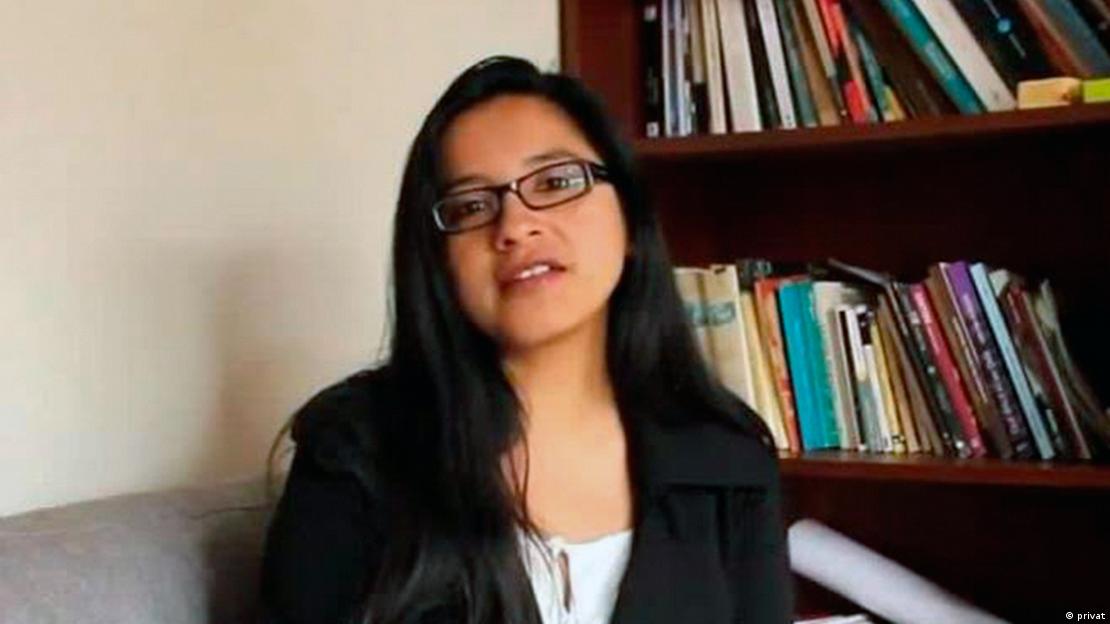
Human rights lawyer Cruz Silva says violence is commonplace in Peru, adding, 'things are out of control right now'
Image: privat
DW reached Silva by phone in a hospital emergency room where she was undergoing an MRT scan to determine whether she had a torn calf muscle. Silva says she hasn't been able to walk since a police officer brutally beat her in the legs with a truncheon a few days ago. An attorney, she has already filed suit with Peru's Ministry of Justice and Human Rights.
Silva says violence is commonplace in Peru. "I get calls from prisoners who have been thrown to the ground and beaten by police," she says. "There are insults, threats, intimidation and baseless arrests. With so many deaths we have to assume there are executions." On the other hand, she added, there has also been violence directed at police, who have been kidnapped and in one case hanged. "The violence is not coming from one source. Unfortunately, things are out of control right now."
Silva has explanations for these excesses. One is that violence is simply part of life in Peru, something people experience every day. What's more, the government retreated from various parts of the country a long time ago. Local authorities, especially in times of crisis, write their own rules in such abandoned regions: murders, for example, go unpunished. And then there is the racism.
"There is a lot of discrimination. And if there are, say, more than 50 dead, not from the capital but rather from regions mainly populated by indigenous communities, then they don't really count," she says. "The motto seems to be: no big deal as long as it doesn't happen in the capital."
New elections this year could provide a path out of the current crisis
But how can Peru get itself out of its current crisis if the different sides are so deeply entrenched? Adriana Urrutia of the non-governmental organization Transparencia ("Transparency"), which has been fighting for pluralism and democracy in Peru for nearly 30 years, has a few ideas.
First, says the political science professor, the government must change its strategy for dealing with protesters. "Citizens must be able to exercise their right to peacefully protest," she says. "On the other side, those responsible for violence, vandalism or attacks on public property must be sanctioned."
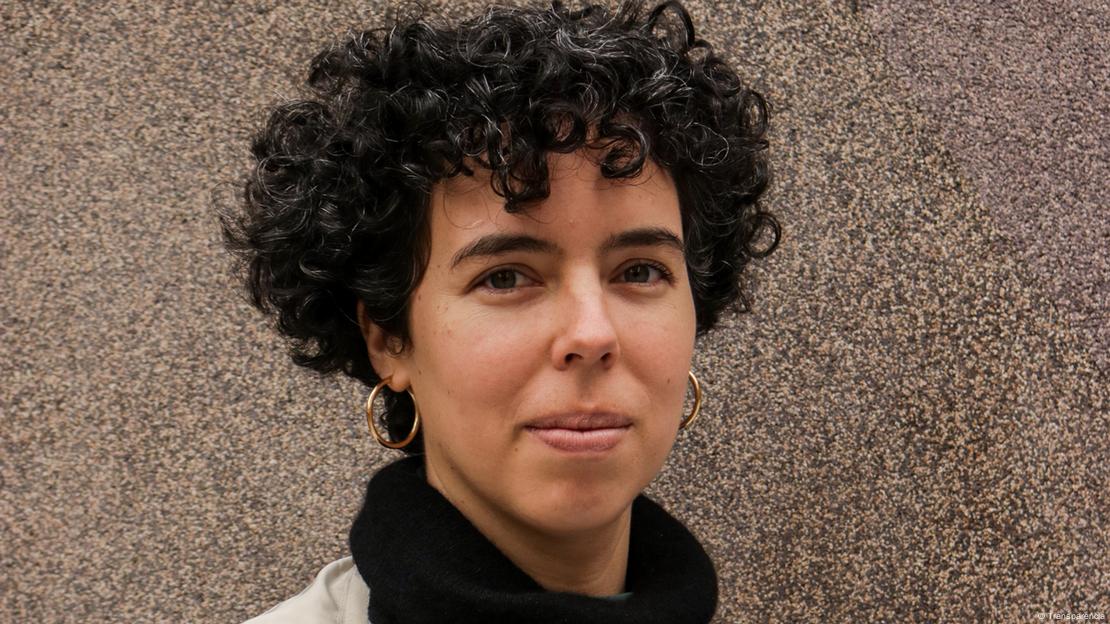
DW reached Silva by phone in a hospital emergency room where she was undergoing an MRT scan to determine whether she had a torn calf muscle. Silva says she hasn't been able to walk since a police officer brutally beat her in the legs with a truncheon a few days ago. An attorney, she has already filed suit with Peru's Ministry of Justice and Human Rights.
Silva says violence is commonplace in Peru. "I get calls from prisoners who have been thrown to the ground and beaten by police," she says. "There are insults, threats, intimidation and baseless arrests. With so many deaths we have to assume there are executions." On the other hand, she added, there has also been violence directed at police, who have been kidnapped and in one case hanged. "The violence is not coming from one source. Unfortunately, things are out of control right now."
Silva has explanations for these excesses. One is that violence is simply part of life in Peru, something people experience every day. What's more, the government retreated from various parts of the country a long time ago. Local authorities, especially in times of crisis, write their own rules in such abandoned regions: murders, for example, go unpunished. And then there is the racism.
"There is a lot of discrimination. And if there are, say, more than 50 dead, not from the capital but rather from regions mainly populated by indigenous communities, then they don't really count," she says. "The motto seems to be: no big deal as long as it doesn't happen in the capital."
New elections this year could provide a path out of the current crisis
But how can Peru get itself out of its current crisis if the different sides are so deeply entrenched? Adriana Urrutia of the non-governmental organization Transparencia ("Transparency"), which has been fighting for pluralism and democracy in Peru for nearly 30 years, has a few ideas.
First, says the political science professor, the government must change its strategy for dealing with protesters. "Citizens must be able to exercise their right to peacefully protest," she says. "On the other side, those responsible for violence, vandalism or attacks on public property must be sanctioned."

'Something has to happen fast if Peru's democracy is to be protected,' says Adriana Urrutia of the NGO Transparencia
Image: Transparencia
Urrutia adds that Peruvians must also talk with one another again, because dialog is the only way the country will get past this crisis. These talks must be moderated by regional governors that, first, know who among the population to invite to the table and second, enjoy the support of the people. The most important step, however, is the one President Boluarte recently raised with the Organization of American States (OAS): quickly staging new elections.
"This year, in 2023, because people no longer feel represented by many of the politicians in parliament. The registration process for new parties must also be made easier in order to expand political choice," says Urrutia. "That won't end protests from one day to the next, but it would certainly calm the situation."
Urrutia adds that Peruvians must also talk with one another again, because dialog is the only way the country will get past this crisis. These talks must be moderated by regional governors that, first, know who among the population to invite to the table and second, enjoy the support of the people. The most important step, however, is the one President Boluarte recently raised with the Organization of American States (OAS): quickly staging new elections.
"This year, in 2023, because people no longer feel represented by many of the politicians in parliament. The registration process for new parties must also be made easier in order to expand political choice," says Urrutia. "That won't end protests from one day to the next, but it would certainly calm the situation."
This article was originally written in German.







